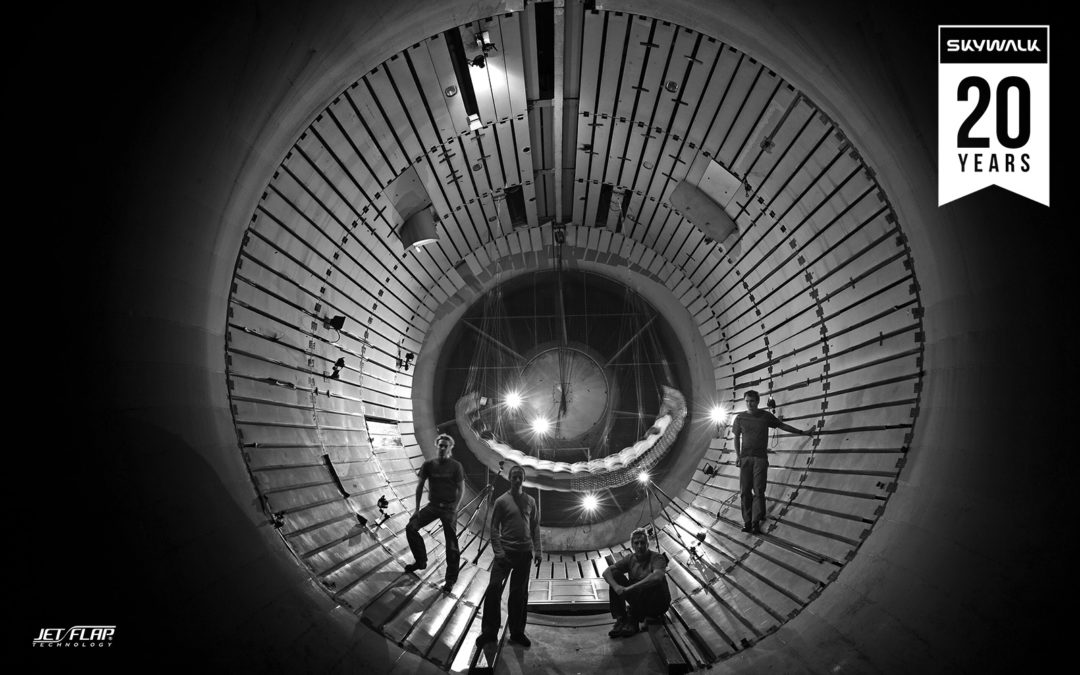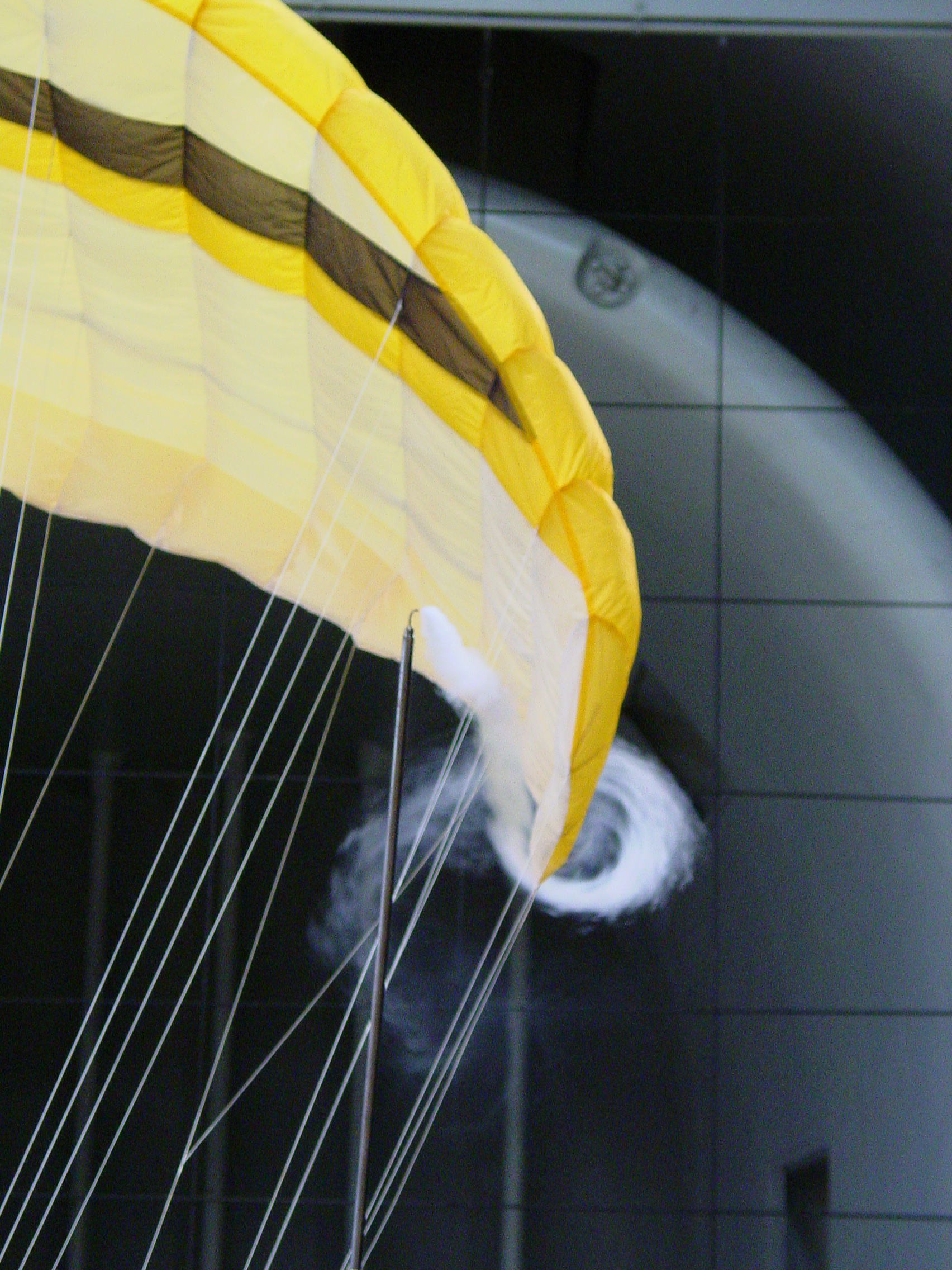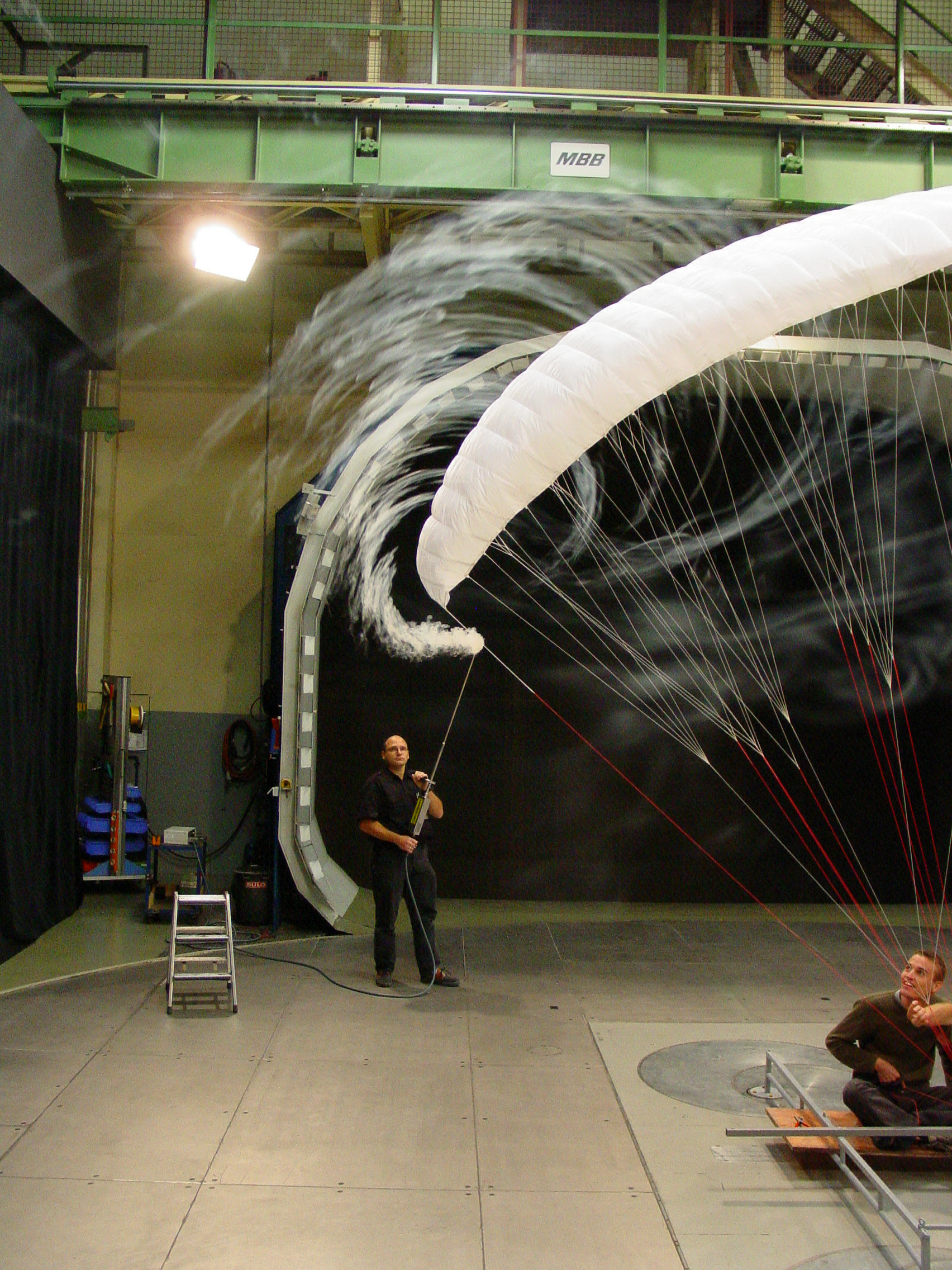How do you improve the slow flight characteristics of a paraglider? and can you control the delicate stall point more easily? The aerospace industry provides a model with the slotted flap. The system, which keeps airplanes flying at lower speeds during take-off and landing, has been implemented in almost all our wings.
The beginning of an innovation is almost always marked by a challenge. At some point, the first vague idea arises, but the solution appears when you look around with open eyes. FLYSURFER faced such a challenge in 2002. Manfred Kistler, co-founder of skywalk and for a long time head of paragliding development, looks back:
“At that time, we in the Flysurfer development team discussed how we could optimize the power and deposed characteristics of our kites.”
For the aerospace engineer, one solution was obvious: split flaps. This lift aid on the wings of aircrafts is used to increase drag and the lift coefficient in flight situations.
This makes aircrafts flyable at lower speeds, which simplifies takeoff and landing in particular. In the case of paragliders, this technology brings a considerable gain in safety. When landing or in a thermal, the glider can be flown with the brakes applied for a longer period of time before the glider stalls and tips backwards.






